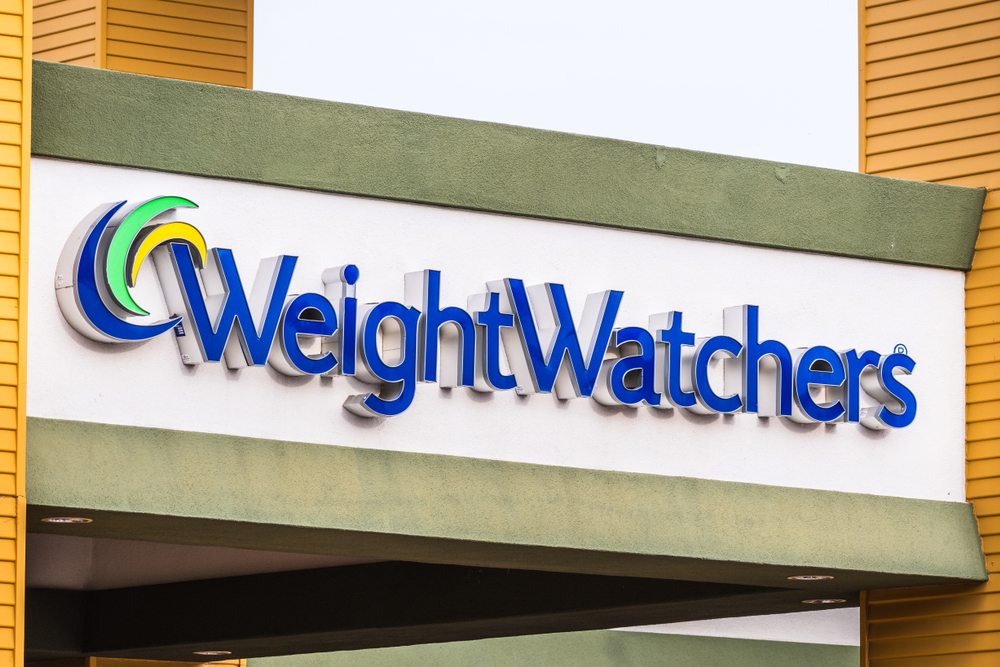WeightWatchers’ Stock Surges After Obesity Drug Deal

WeightWatchers closed on its acquisition of Sequence, a telehealth provider that gives users access to diabetes and weight loss drugs
America may slim down as shares of WeightWatchers expand.
WeightWatchers’ stock is surging following the completion of its acquisition of Sequence, a move which signals the weight loss company’s shift to adopting prescription drugs.
WW International, formerly known as WeightWatchers International, was trading at $7.35 per share when the market closed Thursday, up 79% from $4.11 on Monday. One Goldman Sachs analyst significantly upgraded his rating on the WeightWatchers stock, raising his target to $13 from $3.80.
The weight loss company’s acquisition of Sequence is valued at $132 million. Sequence is a telehealth provider that gives users access to diabetes and weight loss drugs, including Ozempic, an injectable used to fight obesity.
The deal allows WeightWatchers members to receive access to drugs that fight obesity alongside a behavior-change program. Members may be prescribed Ozempic and other weight loss drugs that have received significant buzz in recent months.

The Sequence acquisition is the first of its kind for WeightWatchers, a company founded on the principle that simply writing a script for weight loss medication isn’t the entire solution to addressing obesity. WeightWatchers has been clear that Ozempic and other weight loss drugs can’t replace healthy eating, but can help overall health goals.
It’s a transition that WeightWatchers CEO Sima Sistani says is a natural next step for the household name in weight loss, especially given the advancements in chronic weight management medications.
“WeightWatchers is at a pivotal point where we can build new capabilities that expand our market, reinforced by our foundational strengths,”Sistani said of the Sequence deal. “Our goal is to provide sustainable, science-backed solutions to all weight health pathways, whether medications are part of an individual’s journey or not.”
Unlike those in Hollywood, WeightWatchers consumers must meet certain criteria, including a specific BMI and medical requirements, to receive a prescription. Anyone over 18 is eligible for Sequence and has the opportunity to meet with a clinician, but there is no guarantee medication will be prescribed.
That said, there’s a good chance many will be prescribed the weight loss medication, as the CDC has warned that obesity is a “common, serious, and costly disease” and has increased in recent years. The CDC estimated the annual medical cost of obesity was nearly $173 billion in 2019, and medical expenses for adults with obesity are $1,861 higher than medical costs for people with a healthy weight.
WeightWatchers says that by entering the medication management space and incorporating weight loss drugs that address the biological components of obesity, members will have a better chance of long-term weight management and health success.
While some devoted WeightWatchers members reported mixed feelings, especially as the wellness company announced it would cut back on its in-person meetings, others seem to welcome the idea of the brand offering weight loss drugs, according to posts on WeightWatchers’ social media pages.
The FDA has approved six medications for weight loss management, specifically for those with a BMI greater than 30 (obesity range) and for those with a BMI greater than 27 who also have a qualifying health condition such as type 2 diabetes, high blood pressure or high cholesterol. The medications target appetite, suppressing the feeling of hunger, and evidence has shown that this new class of weight loss drugs is very effective when compared to past medications.
While the weight loss drugs aren’t intended for cosmetic reasons, an Ozempic frenzy has occurred in recent months. Once celebrities and influencers took to various social media platforms to share the success of the medication, what was once viewed as a drug reserved for diabetics became a household product.
Courtney Rehfeldt has worked in the broadcasting media industry since 2007 and has freelanced since 2012. Her work has been featured in Age of Awareness, Times Beacon Record, The New York Times, and she has an upcoming piece in Slate. She studied yoga & meditation under Beryl Bender Birch at The Hard & The Soft Yoga Institute. She enjoys hiking, being outdoors, and is an avid reader. Courtney has a BA in Media & Communications studies.



